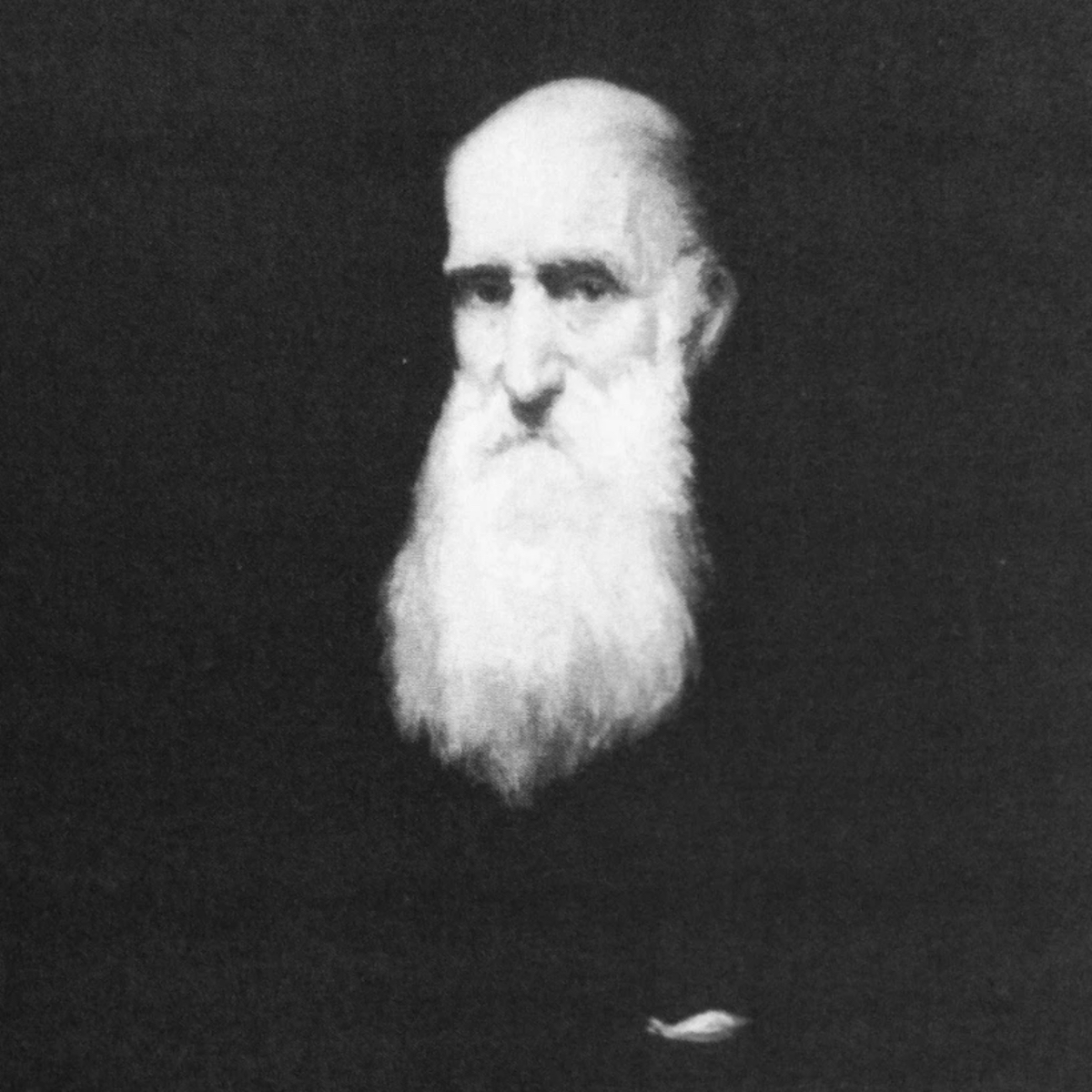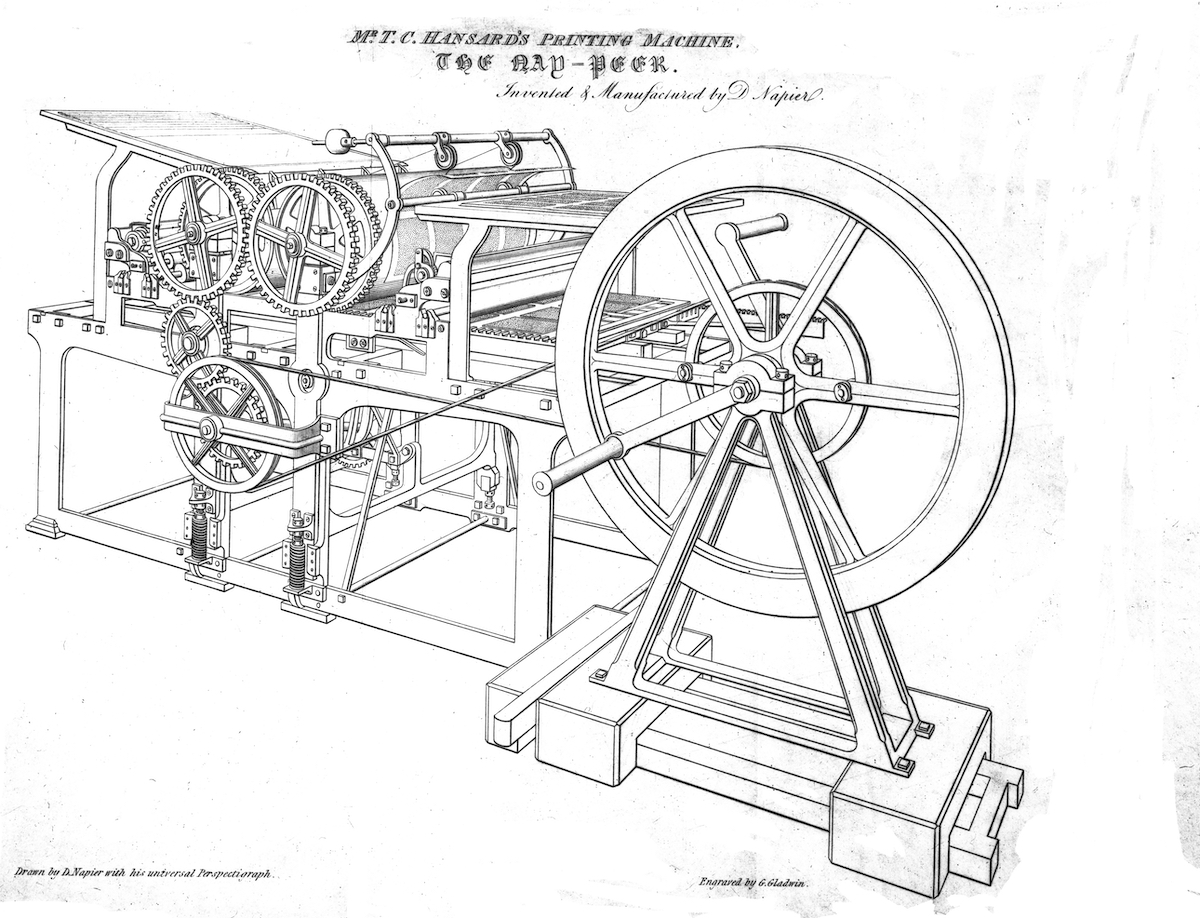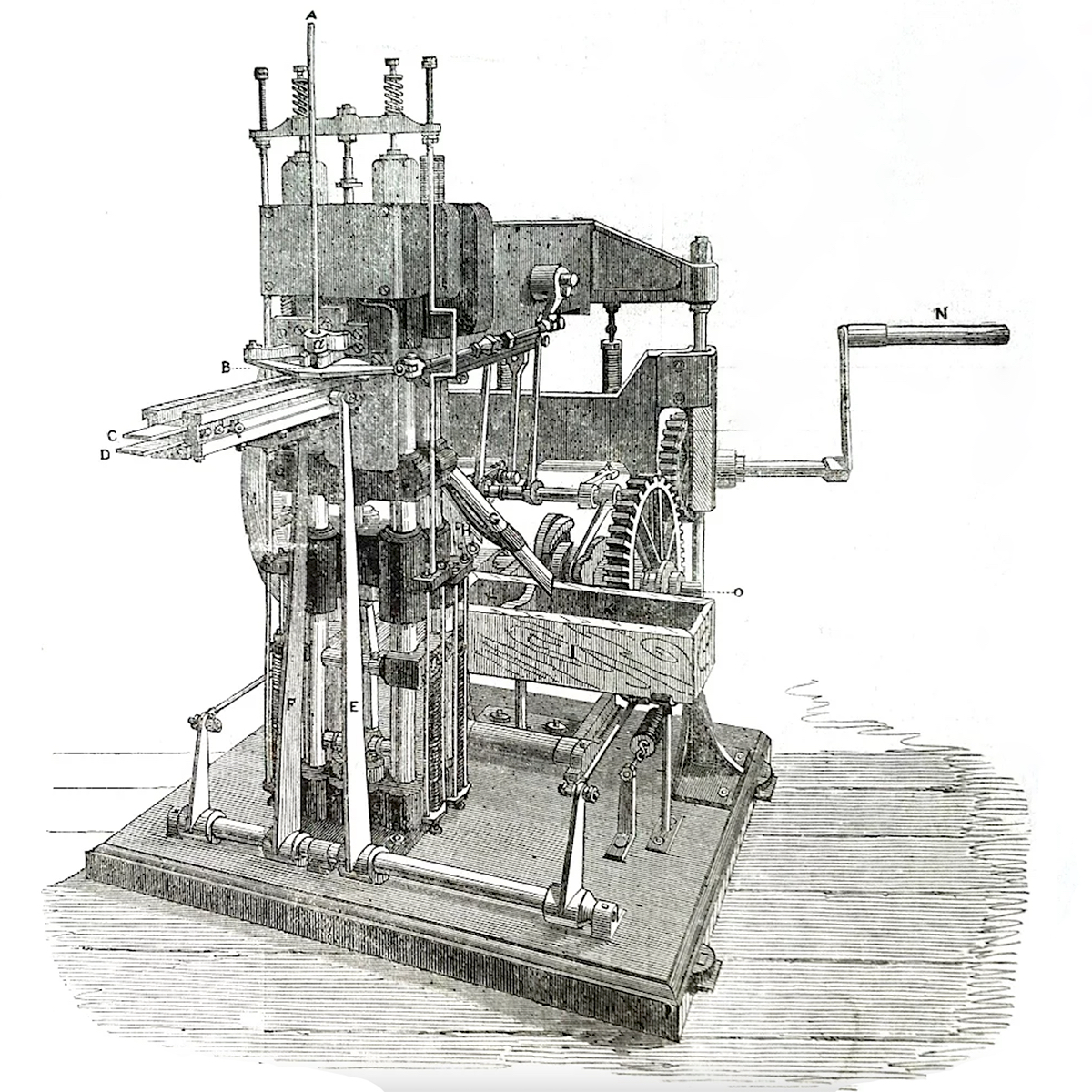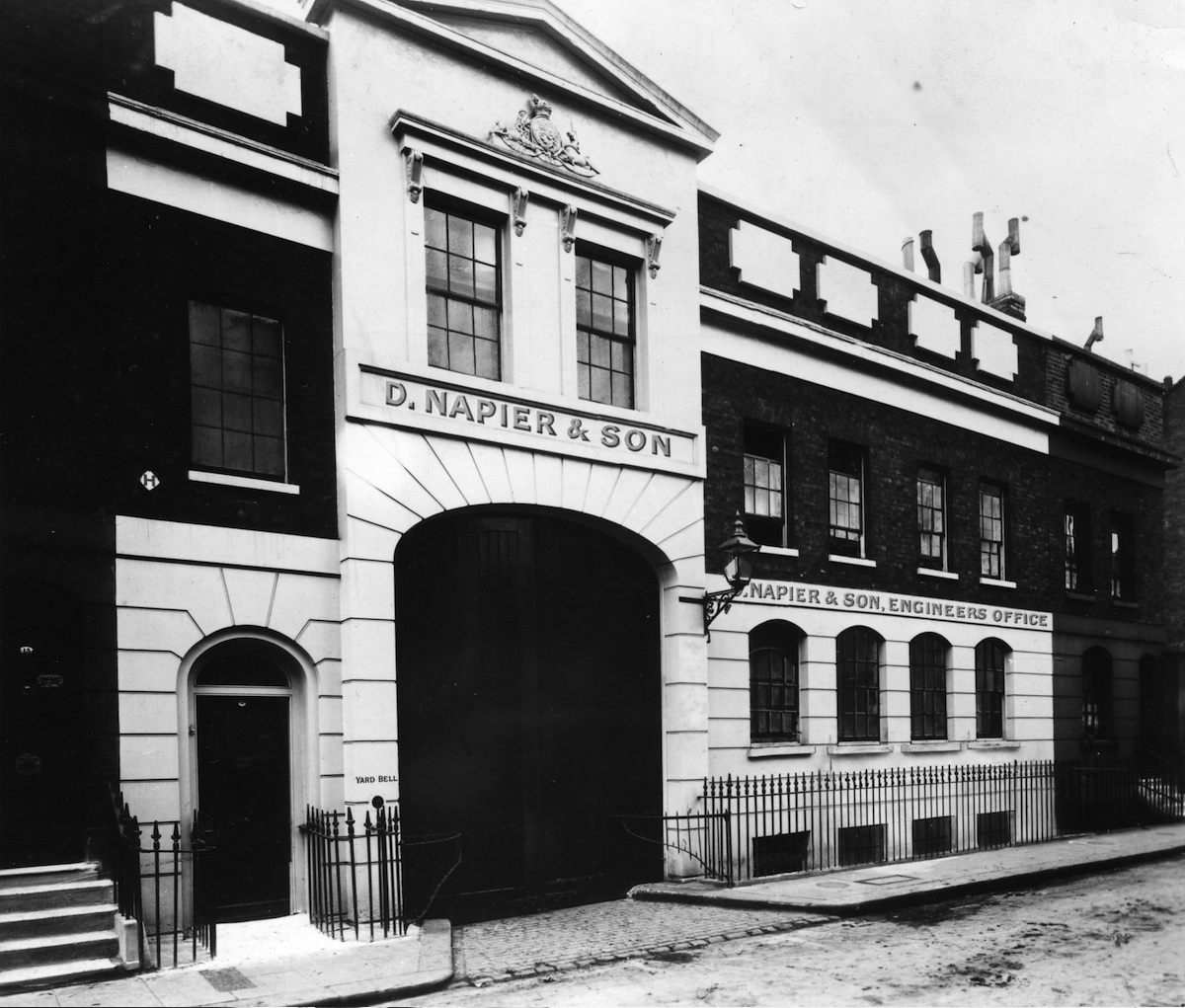DAVID NAPIER
DAVID NAPIER was born in 1787 the son of Robert Napier and Margaret McDonald in Inveraray, Scotland. David’s father was the smith and armoourer to the 5th Duke of Argyll at Inveraray Castle near Glen Shira at the top of Loch Fyne. Robert’s brother, John had a son also named David Napier who became the famous Clyde steamship builder and marine engine designer. David was also cousin of another Robert Napier – the “Father of Clyde Shipbuilding.” All of the Napier family were ‘ironmasters’, skilled metalworkers and later engineers.
Having served his apprenticeship and seeking his fortune David moved south to London in 1808 to expand his eduction and practical skills by working within the advanced engineering workshops run by Henry Maudslay. Whilst there he rubbed shoulders with other other engineering luminaries of the time including names like Joseph Whitworth (creator of the first national threaded screw standard) , Richard Roberts (introduced machine tools leading to the introduction of mass production), James Nasmyth (inventor of the steam hammer), William Moore and Joshua Field (who built the steam engines for Brunel’s masterpiece the SS Great Britain).
By 1815 David left direct employment with Maudslay and was occupied as a Work’s foreman near Fleet Street. In 1817 he was the engineering partner in a stationer’s business known as Messrs Baisler & Napier Engineers in Lloyds Court, Soho. During this time Napier also became involved in producing engine lathes, mechanical designs and machine repair work. He also produced mathematical and drawing instruments including his design of folding compass. At this time he had been in residence at 11 Portman Buildings in 1818 and then moved to 3 Carlisle Street, Soho two years later while he worked in a larger workshop at 15 Lloyds Court, Crown Street in Soho.
In 1820 David married Isabella Murdoch; they had seven children, the second of whom was James Murdoch Napier who was father of Montague Napier.
After 1822 David dissolved his partnership and concentrated on building and developing instruments and printing machinery. Two years later he developed his ‘Nay-Peer’ print perfecting machine and worked with Mr T.C. Hansard of Hansard Press fame. An early diversification from the workshop was (in 1831) a Bullet Compressing machine. By careful inspection, David discoverd that cast bullets tended to contain irregularly spaced air bubbles which made their flight path curve. He designed a machine which produced lead bullets through a cold process making them much more accurate, i.e. they travelled in a straight line! By 1835 David was manufacturing bullet-making machines for Board of Ordnance at Woolwich Arsenal and the Enfield Small Arms Co. In 1839 he received an order for 300,000 “Nay-Peer’ rifle balls for the British Army.
During 1831 David returned to Scotland to work with two of his cousins, James and William, on improving a road steam carriage designed by David Napier (1790–1869) which had been tested near Dunoon. Patent number 6090 of 1831 was entitled “Certain Improvements in Machinery for Propelling Locomotive Carriages.”
Continuing expansion of his business meant that David moved to more spacious works south of the Thames in March 1832. His new residence was at 51 York Road, Lambeth with his works entrance through a gateway off the narrow Vine Street. In 1837 David’s son James Murdoch Napier joined the business at the age of fourteen and undertook a ten year apprenticeship. On 1st July 1847 private Company became D Napier and Son when father David appointed son James Napier as a partner.
David’s work with the Board of Ordnance led, in 1842, to requests to develop a range of machines for minting and sorting coins for the Royal Mint and Bank of England. The design of the new automatic coin weighing machine came from the design of William Cotton, Deputy Governer of the Bank of England. It was David’s ingenuity and skill that brought the delicate design to reality and the fact that the specified accuracy of 1/50th of a grain became 1/100th. The success of this balance led to further orders for bigger machines for weighing bullion.
When shown at the Great Exhibition of 1851 the machine attracted much attention. Also visible at Stand 158 of the Exhibition was a Captains Patent registering compass designed in 1848 to trace the course and distance covered by ships. David’s printing background was also displayed in the form of a letter press perfecting and printing machine, double ended platen machine, multiple feed rotary press, a single cylinder letter press and a self feeding and self discharging centrifugal molasses separator. The 1851 census reveals that David and James were living at 51 York Road, Lambeth. Then at the age of 63 David was described as a Master Engineer with 40 men and 6 apprentices. in his employ. His wife, Isabella was not listed however children James Murdoch (aged 27 born London, Master Engineer) Isabella (aged 24 born London), William Donald (age 20 born London Dentist), and John (age 18 born London, Farmer) plus two servants were present.
As with any partnership it is difficult to attribute the products of the Company to either David or James. Notwithstanding the business continued expanding through David’s life and the business expanded into new areas such as the construction of several large hydraulic traversers and cranes for the Great Western Railway. Other items of interest are covered in the link covering the life of James Murdoch Napier.
On 17 June 1873 David died at 68 York Road, Lambeth at the age of 86 and was buried in Kensal Green Cemetery. His business affairs were secure however and had passed on to his son.





